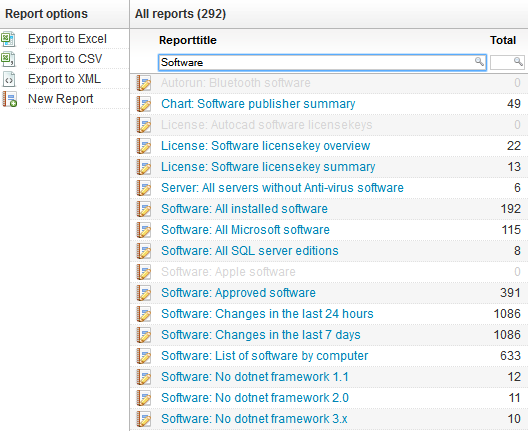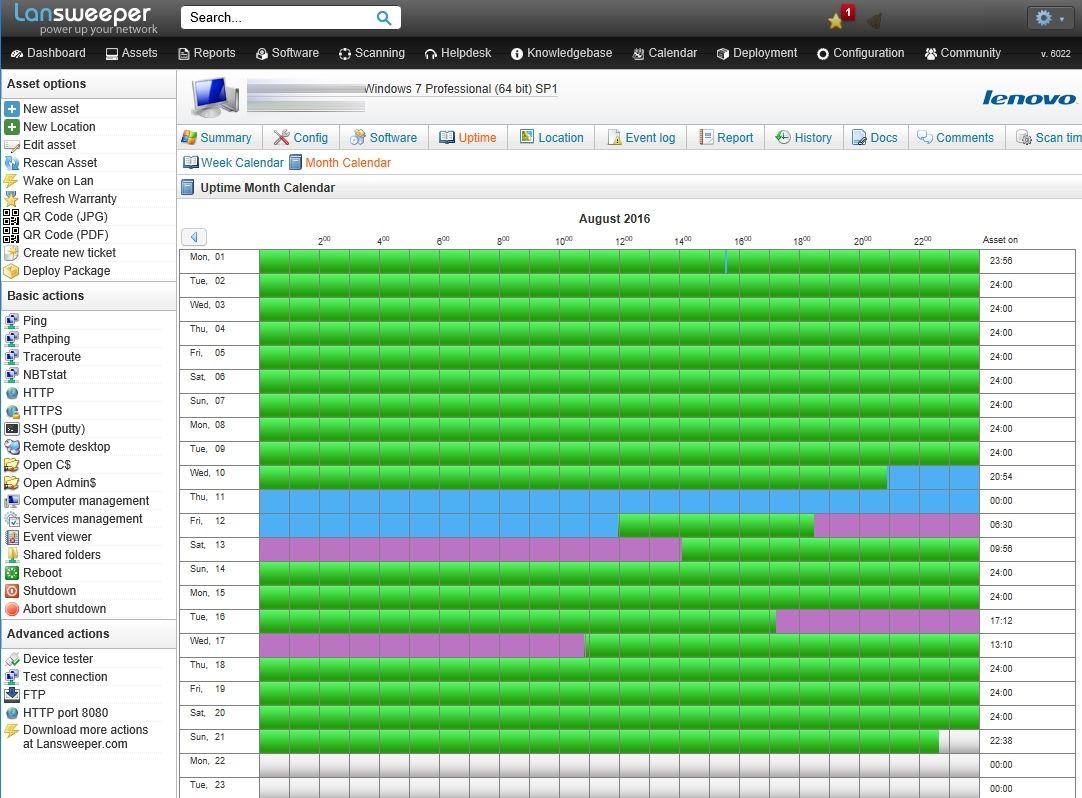

Using the Report Wizard, you are guided through the steps to build a report for both Web and paper layouts: creating a new report definition, defining the data model, and specifying a layout. With Reports Builder, you can create a new report using the Report Wizard, or create a new report manually. Repeating frames, frames, fields, boilerplate, and anchors. The layout contains the formatting information about how the data should appear in the output. Reports Builder objects that define the data model are queries, groups, columns, parameters, and links. The data model is a relational model that defines the data to be fetched from the data source(s), the values to be computed, and the order in which the data should appear in a report. Two key components in a report definition are the data model and the layout. Over each individual icon in the following steps to load and view only the screenshotĬonsists of objects that collectively define a report. Note: Alternatively, you can place the cursor Time may be slow depending on your Internet connection.)

(Caution: Because this action loads all screenshots simultaneously, response The cursor over this icon to load and view all the screenshots for this tutorial.

This tutorial covers the following topics:Ĭreating a Data Model using the Data WizardĬreating a Paper Layout for the Data Model In this tutorial, you learn how to create a report manually, first building the data model and then defining the layout for the data model. Creating a Report Manually Using Reports Builder Creating a Report Manually Using Reports Builder Purpose


 0 kommentar(er)
0 kommentar(er)
